
Robert Duane Ballard is an American retired Navy officer and a professor of oceanography at the University of Rhode Island who is most noted for his work in underwater archaeology: maritime archaeology and archaeology of shipwrecks. He is best known for the discoveries of the wrecks of the RMS Titanic in 1985, the battleship Bismarck in 1989, and the aircraft carrier USS Yorktown in 1998. He discovered the wreck of John F. Kennedy's PT-109 in 2002 and visited Biuku Gasa and Eroni Kumana, who saved its crew.
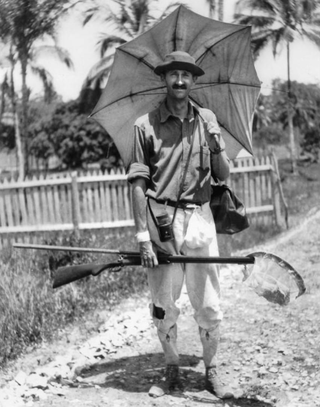
CharlesWilliam Beebe was an American naturalist, ornithologist, marine biologist, entomologist, explorer, and author. He is remembered for the numerous expeditions he conducted for the New York Zoological Society, his deep dives in the Bathysphere, and his prolific scientific writing for academic and popular audiences.

The European eel is a species of eel, a snake-like, catadromous fish. They are normally around 60–80 cm (2.0–2.6 ft) and rarely reach more than 1 m, but can reach a length of up to 1.5 m in exceptional cases.
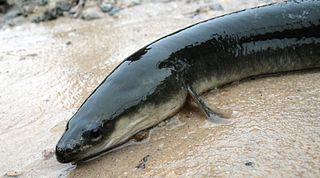
The American eel is a facultative catadromous fish found on the eastern coast of North America. Freshwater eels are fish belonging to the elopomorph superorder, a group of phylogenetically ancient teleosts. The American eel has a slender, supple, snake-like body that is covered with a mucus layer, which makes the eel appear to be naked and slimy despite the presence of minute scales. A long dorsal fin runs from the middle of the back and is continuous with a similar ventral fin. Pelvic fins are absent, and relatively small pectoral fins can be found near the midline, followed by the head and gill covers. Variations exist in coloration, from olive green, brown shading to greenish-yellow and light gray or white on the belly. Eels from clear water are often lighter than those from dark, tannic acid streams.
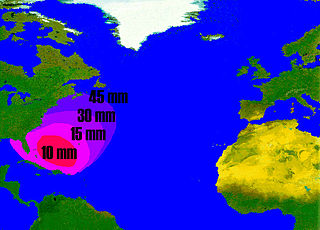
Eels are any of several long, thin, bony fishes of the order Anguilliformes. They have a catadromous life cycle, that is: at different stages of development migrating between inland waterways and the deep ocean. Because fishermen never caught anything they recognized as young eels, the life cycle of the eel was a mystery for a very long period of scientific history that continues into the present day. Of significant interest is the search for the spawning grounds for the various species of eels and identifying impacts to population decline in each stage of the life cycle.

Effie M. Morrissey is a schooner skippered by Robert Bartlett that made many scientific expeditions to the Arctic, sponsored by American museums, the Explorers Club and the National Geographic Society. She also helped survey the Arctic for the United States Government during World War II. She is currently designated by the United States Department of the Interior as a National Historic Landmark as part of the New Bedford Whaling National Historical Park. She is the State Ship of Massachusetts.
The Alexander Agassiz Medal is awarded every three years by the U.S. National Academy of Sciences for an original contribution in the science of oceanography. It was established in 1911 by Sir John Murray in honor of his friend, the scientist Alexander Agassiz.
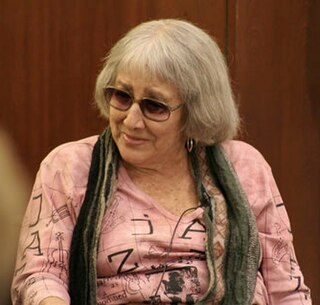
Eugenie Clark, popularly known as The Shark Lady, was an American ichthyologist known for both her research on shark behavior and her study of fish in the order Tetraodontiformes. Clark was a pioneer in the field of scuba diving for research purposes. In addition to being regarded as an authority in marine biology, Clark was popularly recognized and used her fame to promote marine conservation.

Carl Henry Eigenmann was a German-American ichthyologist of the late nineteenth and early twentieth centuries, who, along with his wife Rosa Smith Eigenmann, and his zoology students is credited with identifying and describing for the first time 195 genera containing nearly 600 species of fishes of North America and South America. Especially notable among his published papers are his studies of the freshwater fishes of South America, the evolution and systematics of South American fishes, and for his analysis of degenerative evolution based on his studies of blind cave fishes found in parts of North America and in Cuba. His most notable works are The American Characidae (1917–1929) and A revision of the South American Nematognathi or cat-fishes (1890), in addition to numerous published papers such as "Cave Vertebrates of North America, a study of degenerative evolution" (1909) and "The fresh-water fishes of Patagonia and an examination of the Archiplata-Archelenis theory" (1909).

The Bathysphere was a unique spherical deep-sea submersible which was unpowered and lowered into the ocean on a cable, and was used to conduct a series of dives off the coast of Bermuda from 1930 to 1934. The Bathysphere was designed in 1928 and 1929 by the American engineer Otis Barton, to be used by the naturalist William Beebe for studying undersea wildlife. Beebe and Barton conducted dives in the Bathysphere together, marking the first time that a marine biologist observed deep-sea animals in their native environment. Their dives set several consecutive world records for the deepest dive ever performed by a human. The record set by the deepest of these, to a depth of 3,028 ft (923 m) on August 15, 1934, lasted until it was broken by Barton in 1949 in a vessel called Benthoscope.

The first USS Patuxent was a fleet tug in commission in the United States Navy from 1909 to 1924. She served the United States Atlantic Fleet and saw service in World War I. After the end of her Navy career, she was in commission in the United States Bureau of Fisheries from 1926 to 1932 as the fisheries research ship USFS Albatross II.
John Tee-Van was an American ichthyologist and zoologist. He began his career as an apprentice zookeeper at the New York Zoological Park and ended it as its General Director.
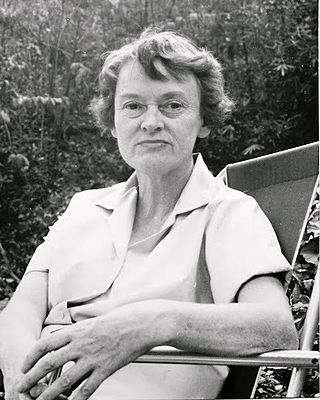
Jocelyn Crane, aka Jocelyn Crane-Griffin, was an American carcinologist, most famous for her research on the fiddler crab and her work with the New York Zoological Society's Department of Tropical Research.
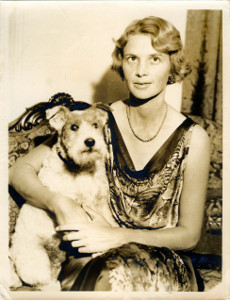
Gloria Hollister Anable was an American explorer, scientist, and conservationist. She served as research associate in the Department of Tropical Research of the New York Zoological Society, specializing in fish osteology, and she made record-setting dives in a submersible called the Bathysphere off the coast of Bermuda in the 1930s. During the 1950s, she helped to found the committee that preserved that Mianus River Gorge, which subsequently became the Nature Conservancy's first land project.

Else Winkler von Röder (Roeder) Bostelmann (1882-1961), a German Empire-born American artist, joined the New York Zoological Society in 1929 to paint marine life during William Beebe's bathysphere oceanographic expeditions at Bermuda's Nonsuch Island (1930-1934).
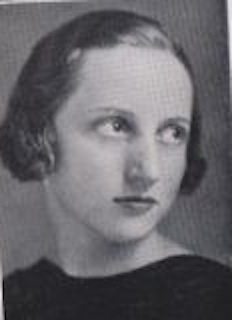
Harriet Bennett Strandberg was an American artist. She is known for scientific art such as appeared in the William Beebe monograph of deep-sea dragonfish for the New York Zoological Society Zoologica. She worked in a variety of media such as Oil Painting, Ink and Pencil Drawing, Etching, Paper folding, Japanese ink brush, Silk Screen, Photography, Oil and Soft Pastels, and Egg folk art.
Candace Ann Oviatt is an ecologist at the University of Rhode Island known for research into coastal marine ecosystems with a particular focus on Narragansett Bay, Rhode Island.

Helen Damrosch Tee-Van was a German-American illustrator best known for her precise scientific illustrations. She participated in 13 international expeditions with the New York Zoological Society between 1922 and 1963 to document new species.
Lillian Segal Root, best known as Lillian Segal, was an explorer known for her participation in William Beebe's 1925 Arcturus expedition where she examined how light was produced by deep sea fish.

Isabel Cooper Mahaffie was an American artist known for her work depicting animals. She was a staff artist for the New York Zoological Association who participated in multiple research expeditions.
















